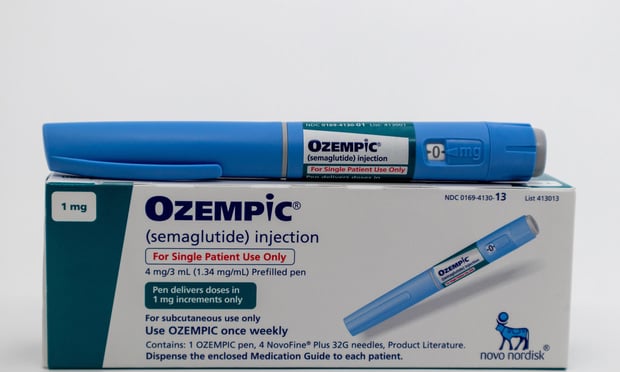 In August, the Internal Revenue Service (IRS) provided guidance for employers to help employees pay back their student loans while also saving for retirement, as a SECURE 2.0 provision. The ERISA Industry Committee (ERIC) applauded the IRS for issuing Notice 2024-63 regarding matching 401(k) contributions made for student loan payments. However, ERIC now says more guidance is needed.
In August, the Internal Revenue Service (IRS) provided guidance for employers to help employees pay back their student loans while also saving for retirement, as a SECURE 2.0 provision. The ERISA Industry Committee (ERIC) applauded the IRS for issuing Notice 2024-63 regarding matching 401(k) contributions made for student loan payments. However, ERIC now says more guidance is needed.
"The interim guidance was a good start, but regulators can do more to help employers design and execute programs that best serve their employees," said Andy Banducci, Senior Vice President of Retirement and Compensation Policy at ERIC, on Friday.
"Employees often choose between paying off their debt or saving for retirement. It should not be a choice between one or the other," said Banducci. "Employers want to match student loan payments with contributions to retirement programs to help meet the needs of their employees. But for these programs to be attractive to employers and employees, the parameters for how these programs operate need to be clear."
Recommended For You
Beginning December 31, 2023, SECURE 2.0 had permitted employers with a 401(k) plan, 403(b) plan, or SIMPLE IRA to offer matching contributions based on student loan payments, rather than solely on what participants contributed to their retirement plan.
The IRS notice applies for plan years starting after December 31, 2024. The IRS said it plans to issue proposed regulations providing further guidance on SECURE 2.0 in the future, but that plan sponsors should rely on this notice until the proposed regulations are issue.
Related: Walgreens launches a student loan 401(k) match program for employees
The IRS notice addresses several plan administration issues regarding matching contributions and student loan payments. For instance, the plan must obtain the following information:
- the amount of the loan payment
- the date of the loan payment
- that the payment was made by the employee
- that the loan being repaid is a qualified education loan and was used to pay for qualified higher education expenses of the employee, the employee's spouse, or the employee's dependent
- that the loan was incurred by the employee
However, in the comment letter, ERIC requested clarification regarding:
- the "reasonable procedures" plan sponsors may establish under the statute for employees to claim the match
- "clarification" about the process to be used to certify loan payments
- "permission to exclude employees" under a collective bargaining agreement that does not provide for the student loan match
© 2025 ALM Global, LLC, All Rights Reserved. Request academic re-use from www.copyright.com. All other uses, submit a request to [email protected]. For more information visit Asset & Logo Licensing.








